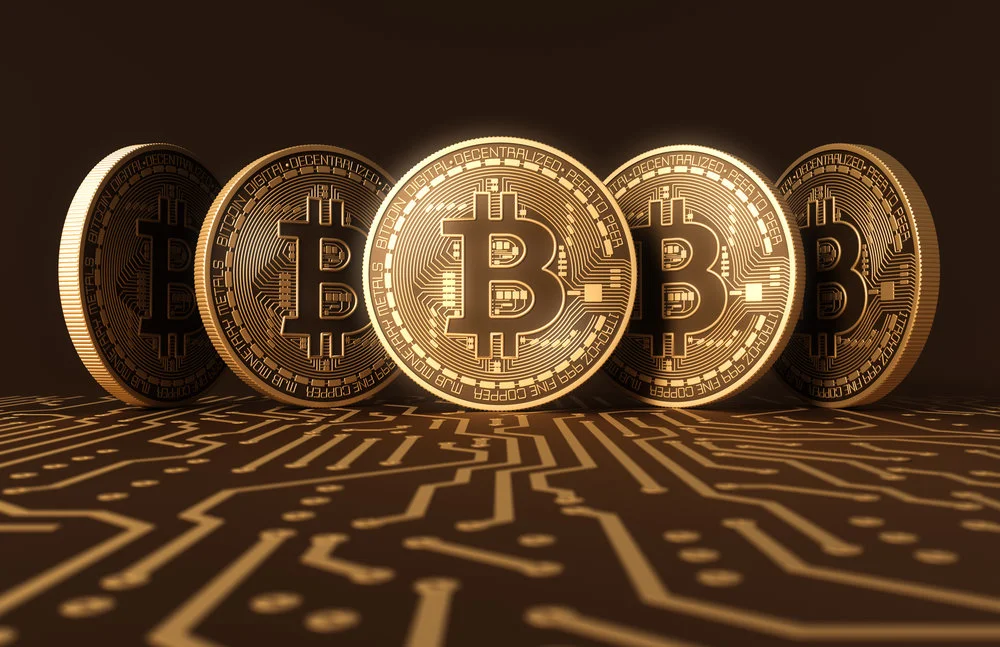Bonds are a rather confusing thing for many subscribers.. Therefore, today I decided to close this gap and explain on my fingers, what are bonds, What are they needed for, how their profitability is calculated and how to make money on them.

How to choose bonds?How to choose bonds?
A bond is a debt security, according to which, who released her (issuer), must pay the bondholder its par value and / or interest on it (Coupons). Simply put, this is the IOU of the company, according to which it must be a natural or legal person.
Bonds vaguely resemble a bank deposit. A deposit can also be called an IOU. In this case, the bank borrows money from you at interest. Imagine, that you stand in the market and sell your contribution to another person. Here's a bond for you.
That's the whole difference between a deposit and a bond.. A bond can be bought and sold at different prices, but no contribution. The deposit has interest, bonds have coupons, although it is essentially the same.
The question arises, why should another person buy my "deposit"? And then, that the market situation is changing all the time: there are crises, Central Bank rate changes. For example, you bought your "contribution" at the cost 100 thousand, when the market rate was 15%. Now the rate on the market 6,5% And, obviously, contribution under 15% nowhere to be found. Here you can profitably sell your "deposit", and other investors will gladly overpay for it. Ie. will not buy it for 100 thousand, and so much more expensive, so that the average return on the deposit becomes 6,5%. In this example, I replaced the word "bond" with the word "deposit", to understand the essence of bonds.
When market rates go up, bonds, vice versa, are getting cheaper, because. the higher the rates, the more profitable bonds can be found on the market. And your "contributions" under 6,5% no one will be interested in the price anymore 100 thousand (ie. at face value), if the market rate becomes 10%. In this case, your "deposit" will be bought only at a discount, to recoup the difference in rates. Need to remember, that these examples are relevant for bonds with fixed (immutable) Coupon.
So when you pick bonds and see, that the price is above par, This does not mean, that the bond is unprofitable. Just her coupon is high, and investors are ready to overpay for the bond, bringing the yield to maturity to the market average. Example: a bond of a large reliable company costs 110% from par. Her coupon yield 8,5% per annum, ie. if you buy at par (behind 100%), you get to maturity 8,5% per annum. But the bets in the market for everything 6,5%, and since the company is reliable, then its yield will be close to the key rate. Coupon yield on bond remains the same, but at the expense of, what investors overpay when buying, yield to maturity decreases to 6,5%.
In this way, yield to maturity consists of the following parameters:
- Bond purchase prices
- Ownership coupons
- Bond holding period
- Redemption prices at par
If you write this in the form of a simple formula, then we get:
Yield (5) = (4–1+2)/1
Yield in annual terms = 5/3*365
These formulas are extremely simplified, to make it clear, what constitutes the general bond yield. Logically, that the higher the purchase price, the lower the yield. But it doesn't follow from this, what if the price is higher than par, then the bond is unprofitable, because. the coupon can be big too, which compensates for the high price. To understand it, you can substitute numbers in the formula and make sure of this.
I will also note, that the formulas do not take into account the NCD, number and par value of bonds, taxes and commissions. This all also affects profitability., but in a secondary way. The essence of the calculation is conveyed by the simple formula above. And so as not to pile up it, I decided not to include additional indicators in the calculation.
From all that has been said above it follows, that the most important indicator when choosing bonds is the yield to maturity. No need to believe, what if you buy a bond above par, you will get less profitability. Yield to maturity already takes into account all other indicators of the bond, such as par, price, coupon size, term, etc..
Yes, after buying from a bond, the price may change, but we're talking about yield to maturity, which always happens at par. Therefore, the yield to maturity is fixed after the purchase and does not change.. Bonds can be sold to maturity, if their price rises. Thus, you will receive a "bonus" to the yield to maturity. If the price falls, then when selling, the profitability will be lower, because. you will lose the difference in price.
From the last paragraph, we can conclude that, that with the help of bonds you can fix your yield to maturity - it will not change regardless of price fluctuations. But you can use the moments, when it is profitable to sell a bond and get additional yield. This gives bonds an advantage over deposits..
Even more useful information about investments and finance in my Instagram – @long_term_investments . Subscribe!


